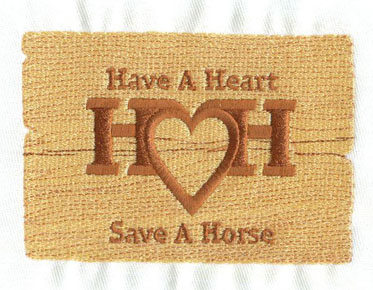How To Reduce & Prevent Puckering With Machine Embroidery
Embroidery puckering of your designs can be a terrible thing to experience, especially if you are a beginner at embroidery. Embroidery puckering happens when fabric moves around during stitching which gathers the fabric and creates bunching near the stitches. The more fabric that moves around and bunches up around the stitches, the greater will be the amount of puckering. Several factors alone or in combination can cause puckering. The following content also has some reference value for Eagle digitizing.
Fabric: Insufficient stability The most common cause of Puckering is insufficient stability, usually not enough or the correct type of stabilizer. The more elastic the fabric and the larger and denser the embroidery design, the more stability you need. Tailored backings are generally more stable and should be used with knitwear and other stretchy garments.
Hoop incorrectly: Hoops For optimum stability of the fabric, you should hoop the garment with the smallest hoop designed to fit and ensure that the garment is properly hooped. You want to create a tambourine-like surface without stretching your clothes. If you stretch the fabric while you hoop, you will freeze the fabric in a stretched state under the stitches. Once you've done this, your embroidery will look great when still hooped, but when you remove all the fabric from the hoop that isn't locked under the stitches, it will loosen and cause Puckering.
Thread tension to tight thread: Excessive thread and spool tension can put too much tension on the stitches, resulting in warping and Puckering. On lighter weight, more delicate fabrics, rayon thread is sometimes used because it is less elastic and requires less tension, resulting in a better looking wrinkle-free design.
Bad digitization: Great digitization is a skill in itself, not the same as mastering embroidery. A professional digitizer will create the design in a way that takes into account the fabric you embroider, and digitize to reduce wrinkling. Designs that are poorly digitized and those that use automatic digitizers can sometimes stitch our bad, even if you do something else.
Tips to prevent Puckering
Choose the right stabilizer
Covered above and in other blog posts; make sure the stabilizer type and weight match the job at hand.
Use spray adhesive
Light use of temporary fabric adhesive, especially for slippery and stretchy fabrics, can provide the extra stability you need to keep the fabric from shifting and shifting during the embroidery process
Hoop clothing
Always use the smallest possible hoop to hoop your garment properly. The closer the sides of the hoop are to your design, the more stability your hoop will provide.
Reduce density
For lighter weight and stretchy fabrics, lower densities are usually best for stitching. Choose an open design without large coverage and fully filled areas.
Digitization correct
Digitization If you have no experience with
digitization, hire a reputable digitizer and let them know the type of fabric
you will be embroidering on. When digitizing, proper use of padding helps
stabilize the fabric.
Set the correct thread tension
Use
a tread tensiometer to correctly set the machine thread tension based on the
type of thread being used. When making tension adjustments, make only minor
adjustments at a time.


